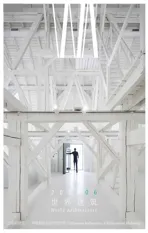复活教堂,考纳斯,立陶宛
2018-06-19建筑设计卡罗利斯雷索那斯
建筑设计:卡罗利斯·雷索那斯
Architect: Karolis Reisonas
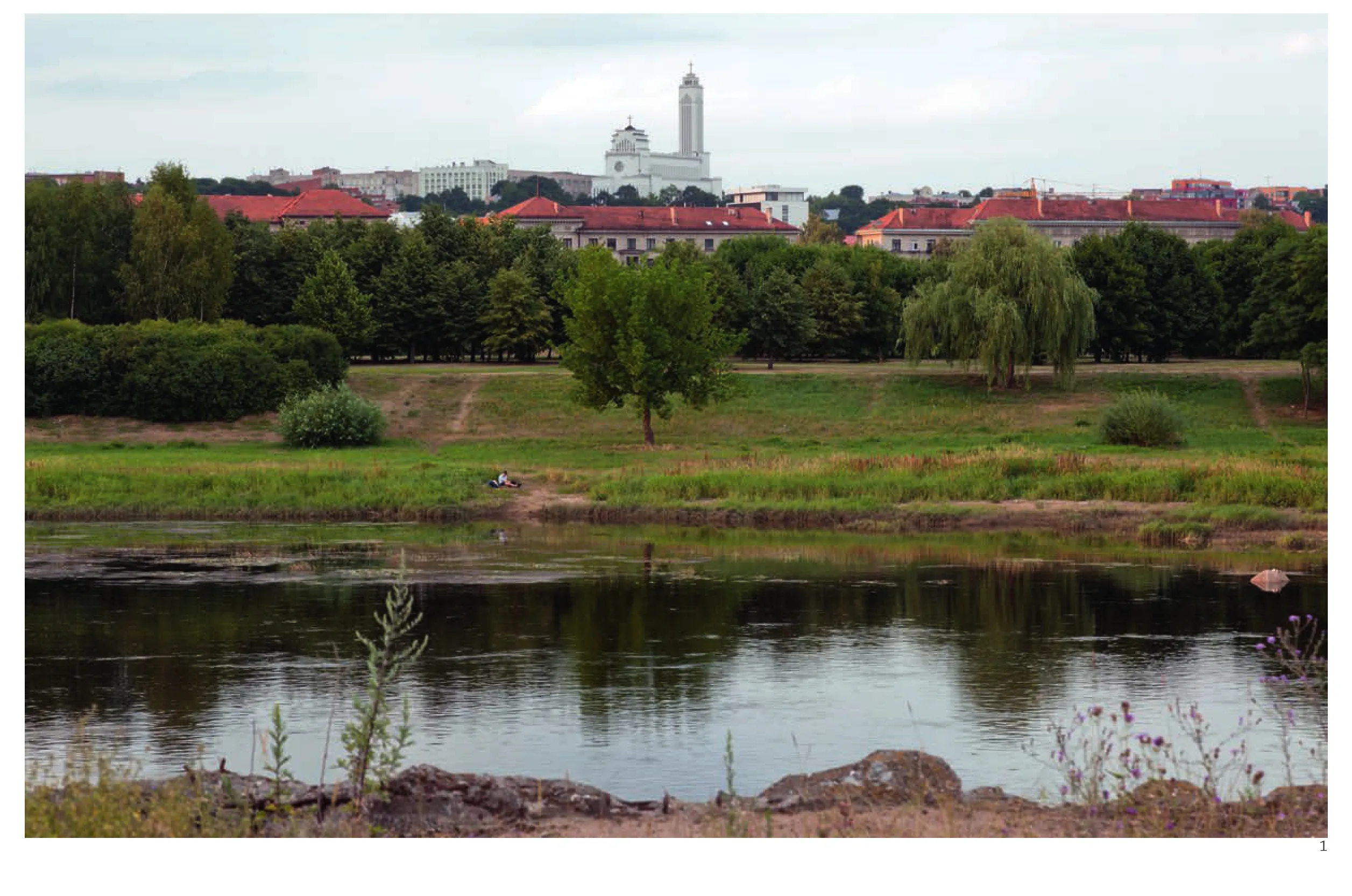
1 远望/Overlook
1918年立陶宛共和国建国后,社会处在一种对国家身份认同感日益增强、并渴望拥有自己象征性符号的崇高爱国状态之中。其中最为显著的项目,便是卡罗利斯·雷索那斯设计的复活教堂。早在1922年,教会便产生了建造一座教堂来纪念国家民族独立复兴的设想,但在1928年,这个设想昙花一现。为了保证从考纳斯市的远郊仍能清楚地看到教堂,建设用地被选在了山坡上。
在一场并未产生结果的建筑设计竞赛之后,考纳斯市政发展部部长卡罗利斯·雷索那斯接受了项目设计的最终委托,并于1933年开始动工。可以说这座教堂是整个国家的产物,建造所用的每一块砖几乎都来自于人民的捐款。项目一直持续到1940年6月,1952年教堂又被作为无线电工厂使用。
反苏运动使得教堂重归教会,并在1989~2006年得以继续建造,建筑设计师是汉瑞肯斯·祖考卡斯和阿尔吉曼塔斯·斯普林迪斯。
这座教堂是两次世界大战期间,波罗的海地区最大且最现代的圣堂。它由砖砌混凝土结构构成,将保守与现代性相融合,将纪念性与禁欲主义相融合。教堂的内部空间呈古典巴西利卡式,而锐利的方正外立面又是现代性的展现。屋顶上用于圣礼活动的水平观景台,是世界教堂类建筑史上的一项创新。□(文字来源于立陶宛建筑师学会展览“平行线 立陶宛建筑:3个时代,3副面孔”, 鲁塔·莱塔奈特策展。乔丽塔·卡茨涅 文,刊载于《A10 新欧洲建筑》杂志。)
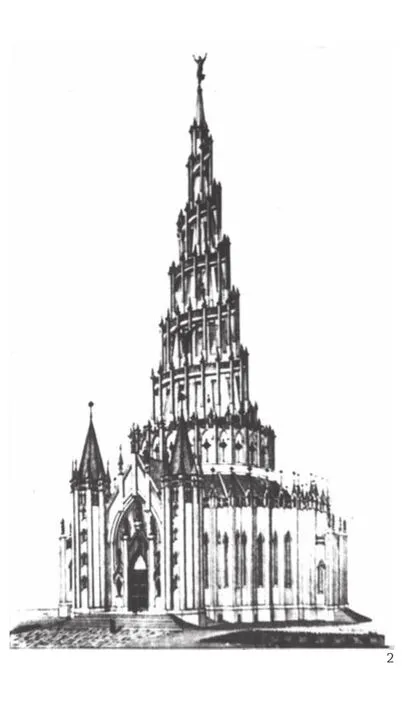
2 参赛方案之一/One of the competition projects
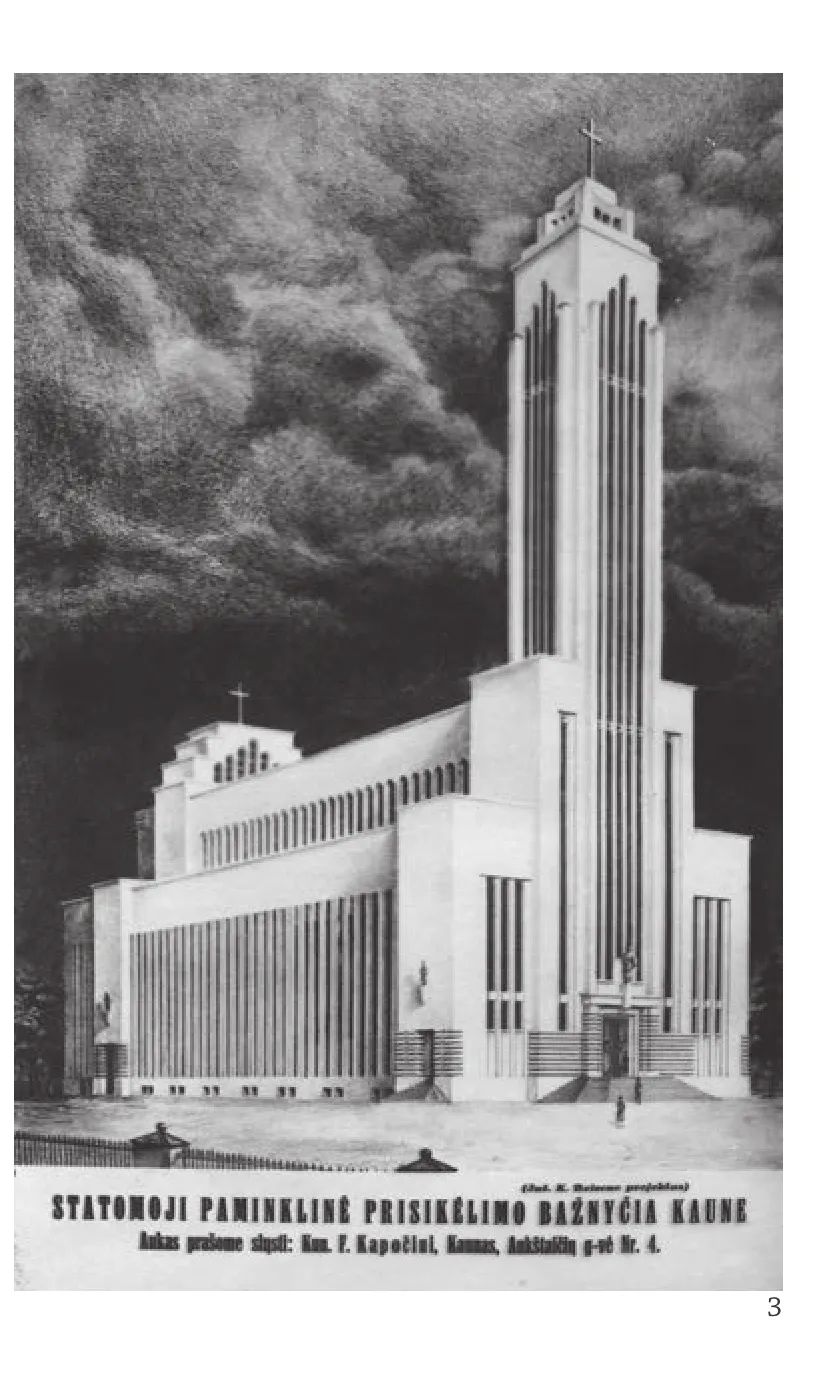
3 卡洛利斯·雷索那斯的方案/Project by K.Reisonas
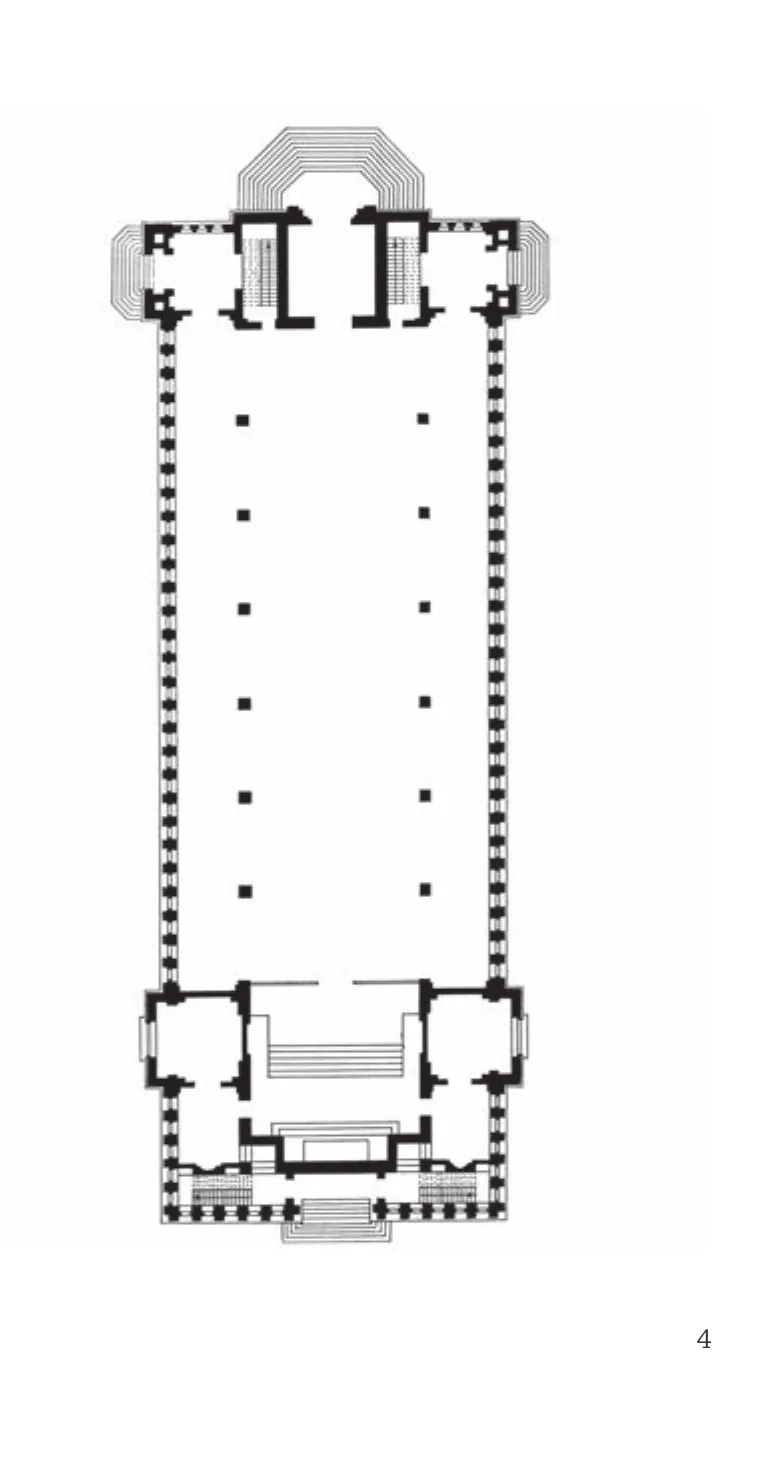
4 平面/Plan
After the establishment of the Republic in 1918, the society was in a state of patriotic uplifting,with increasing national identity and a desire for its own symbols. The most distinct of these was the Resurrection Church (K. Reisonas). The idea of building a church as a memorial to the State's and nation's independence, revival and grandeur, arose in 1922. The idea took flight only in 1928 when some ground was allotted on a hill from which the church would be visible from the furthest reaches of the city.
After a fruitless architectural competition,eventually the design was assigned to the head of Kaunas' municipal department of Development, K.Reisonas. In 1933, construction began. The church was built by the entire nation: people bought stamps valued at the price of one brick each. The church was not completed until June 1940, and in 1952 it was converted into a radio factory.
The anti-Soviet Movement initiated the church's return to the congregation, and it was rebuilt in 1989-2006 (architects Henrikas Žukauskas, Algimantas Sprindys).
The Church of the Resurrection is the largest and most modern interwar sacred building in the Baltic region. It is constructed of brick-covered concrete structures. The architecture combines conservativeness with modernity, monumentality with asceticism. The inner space is arranged like a classical basilica, while the sharp squared shapes are modern. The flat terrace roof meant for sacraments became an innovation in the world history of church architecture. □ (Text: from the exhibition "PARALLELS. Lithuanian architecture:three eras, three faces" by Architects Association of Lithuania, curator Rūta Leitanaitė. The texts by Jolita Kančienė and were published in the magazine A10. New European architecture)
项目信息/Credits and Data
建造年代/Year: 1933-1940
所处时期/Epochs: 两次世界大战间/Interwar
材料/Materials: 砌块(砖),钢筋混凝土/Masonry (brick),Ferroconcrete
摄影/Photos: Raimondas Urbakavicius
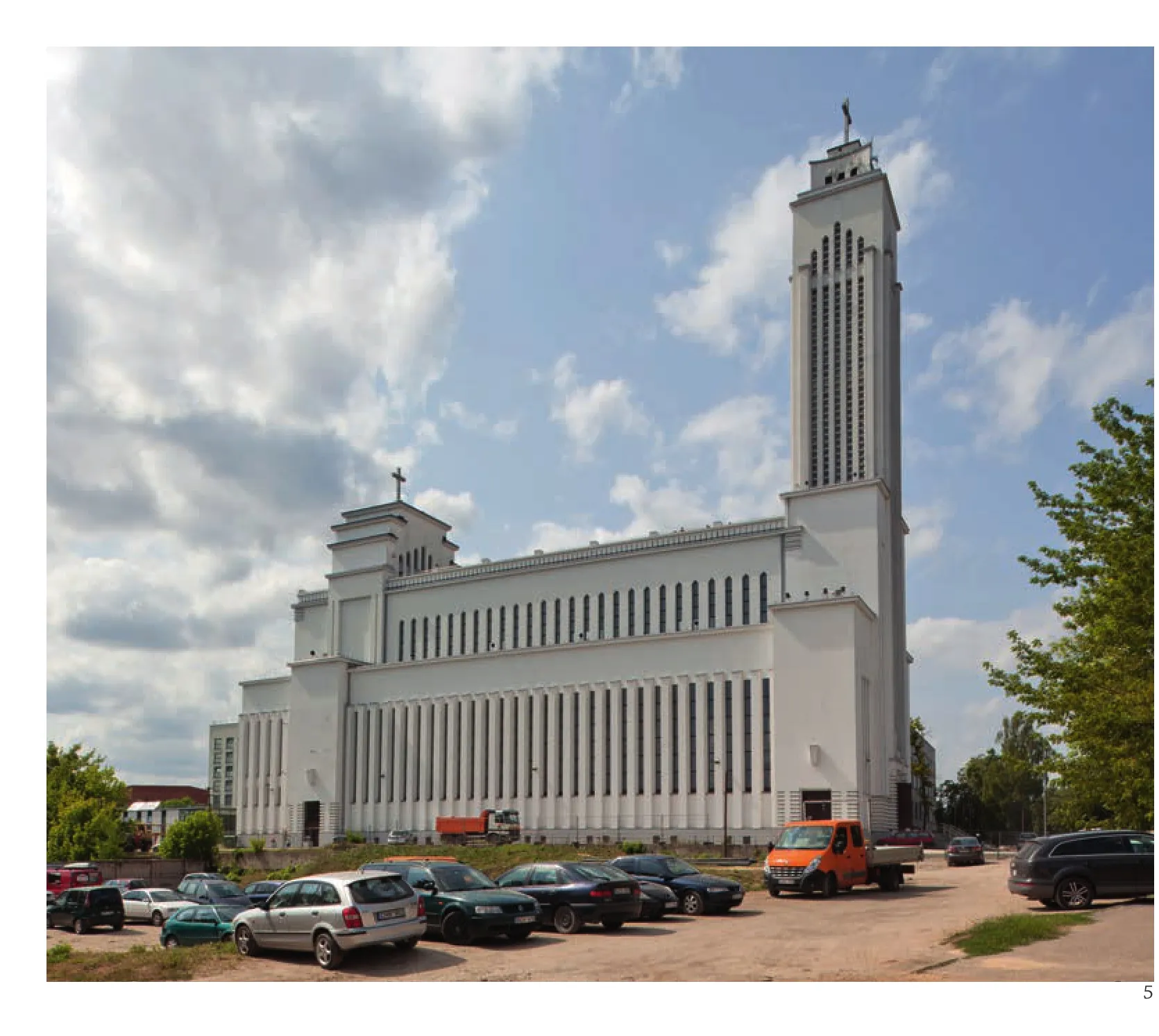
5 外景/Exterior view
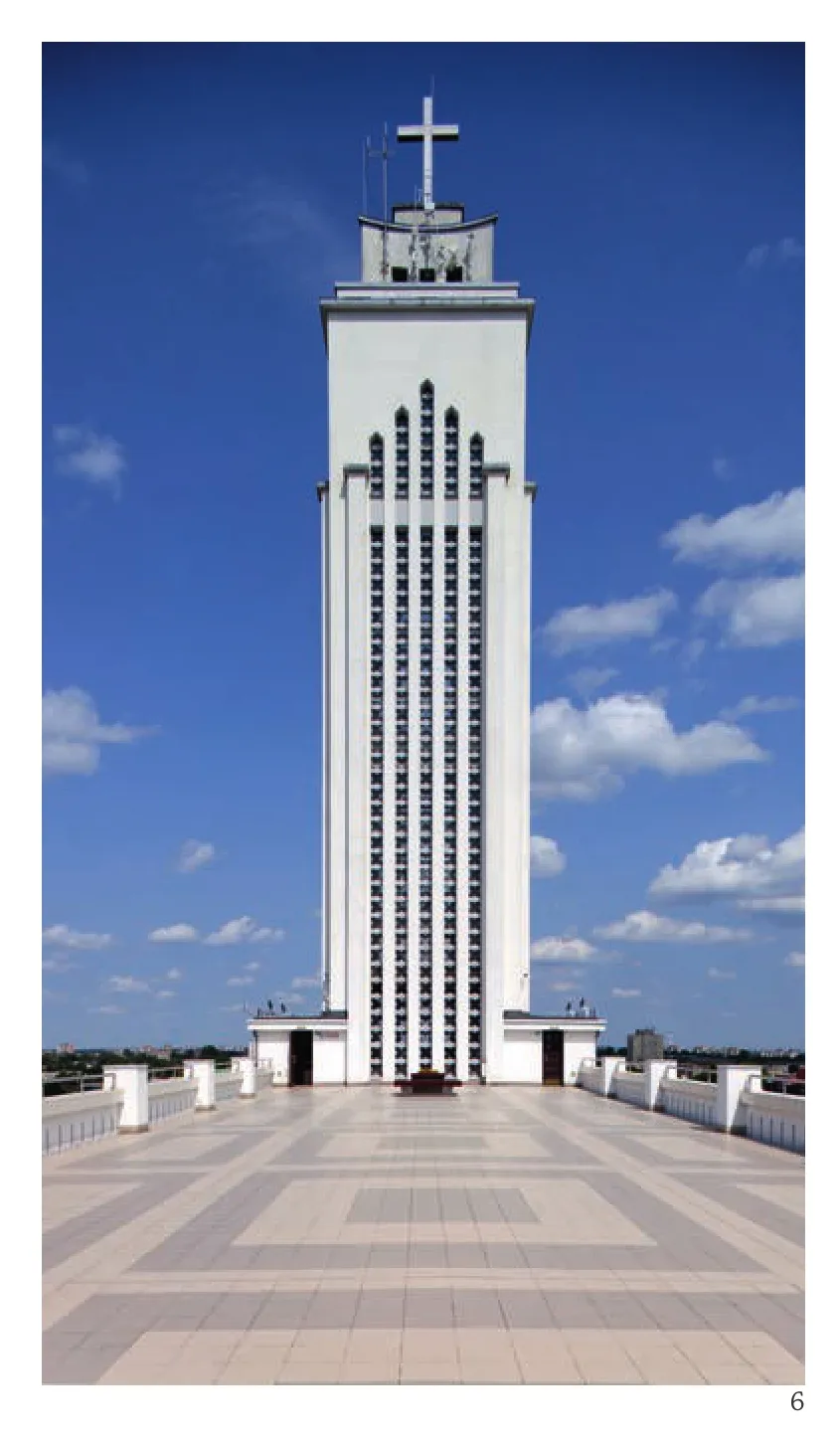
6 屋顶观景台/The flat terrace roof
评论
张路峰:这座教堂虽然在空间形制上采用了传统的巴西利卡原型,也具备典型的钟楼要素,但看上去实在不像个宗教建筑,倒让人联想起曼哈顿的摩天楼或者是发电厂之类的工业设施。原因可能是等距密排的竖条窗让建筑失去了尺度感。设计者显然在努力追求哥特教堂般的垂直与高耸,但仅靠墙面开窗和塔楼顶部的山形收束很难奏效,顶部的十字架作为确凿的宗教符号也没起到多大作用,因为其尺寸和庞大的建筑体量相比,实在是太小了。从建造年代不难推测,当时的国家意识形态和财力限制了建筑师的想象力。尽管如此,从建筑的体量组合关系、立面构图的推敲等方面,还是能看出建筑师“粗粮细作”的功力:用简单结构、普通材料、平实手法,营造出高雅大气、理性有序的空间。
Comments
ZHANG Lufeng: This cathedral is not spacially similar to a religious building, however it employs the traditional prototype of a Basilica and features a typical clock tower element.In effect, it is reminiscent of a skyscraper in Manhattan or an industrial facility such as a power station. Perhaps this is due to the equally spaced, densely arranged vertical windows, which diminish the sense of scale. It seems that the architect attempted to achieve the verticality and height of a Gothic cathedral; yet it is difficult to carry out this concept, while merely relying on the open windows on the wall and the mountainshaped tower rooftop. Moreover, the cross on the rooftop, an obvious religious symbol,does not fulfil its purpose, as it is too small in comparison to the massive building. It seems that the national ideology and finances of the period imposed restrictions on the designer's imagination. Despite all this, the architect has demostrated his talent for fine design with the two volumes' syntagmatic relationship, and the carefully considered facade composition, by using a simple structure, common materials and uncomplicated techniques to create an elegant and methodical space. (Translated by Dandan Wang)
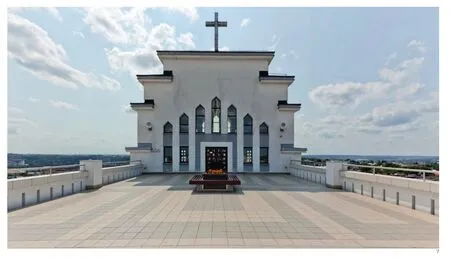
7 屋顶观景台/The flat terrace roof
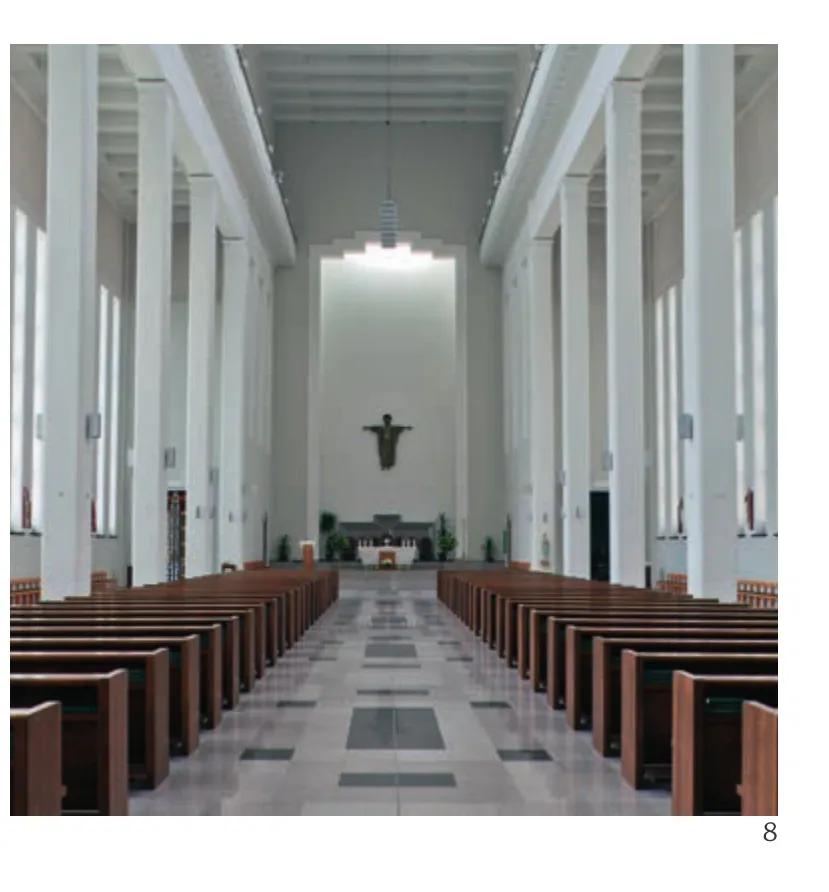
8 内景/Interior view
伊尔泽·帕克隆:考纳斯复活教堂是波罗的海地区两次世界大战期间的现代主义杰作之一。巧妙组织的建筑形式将欧洲北部传统教会礼拜堂不可或缺的、高高升起在自然景观上空的庄严主钟塔与装饰艺术的联想和强烈又丰富的现代主义线条有机混合。无论外部或内部,建筑皆选择了单纯的白色表面,带来了内与外比例的协调感,强调了光与影共存的二元性,削弱了空间的物质性。尽管这座教堂有着极为强烈的建筑形式特征,却有意塑造了一种默想和反思的内部空间。在1988年立陶宛民族觉醒前教堂曾被作为无线电厂使用,现在它终于得到了修复并重获了全部的昔日荣光。(陈茜 译)
Ilze Paklone: Resurrection Church in Kaunas is considered one of the masterpieces of inter war modernism in the Baltic region. The play of architectural forms sensibly fuses traditions of the majestic single tower ecclesial churches of Northern Europe that spire high above the landscape with reminiscences of Art Deco and, of course, strong and ample lines of modernism. Choice of using single color white, both, in exterior and interior, gives the sense of unity of proportions outside and inside, accentuates duality of lights and shadows and dematerializes the space. Though the building has a very strong character of architectural forms, the space is meditative and reflective in purpose. At the moment, after being a radio factory until the Lithuanian national awakening in 1988, the building has finally been restored and regained its full glory.
